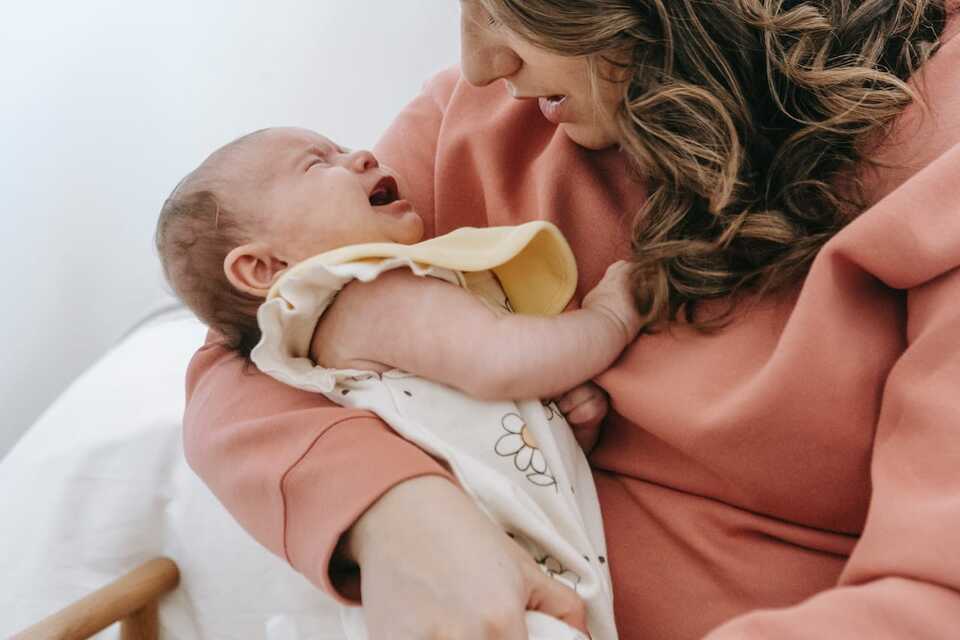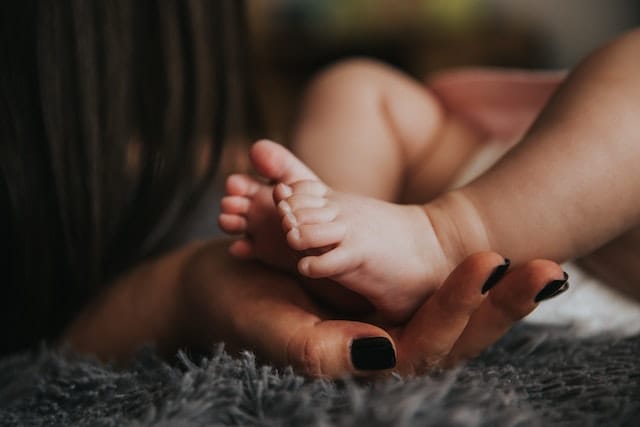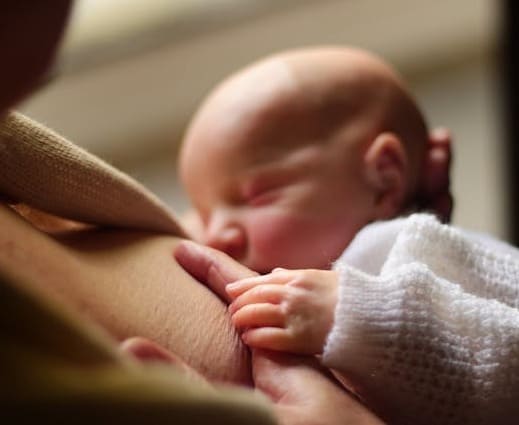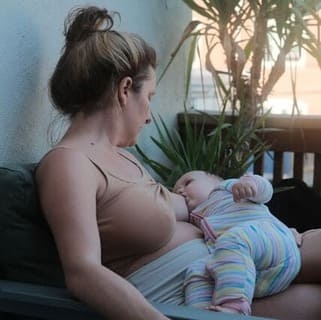Third Trimester Pregnancy Milestones: A Comprehensive Guide
Congratulations, you’re nearing the end of your pregnancy journey, and soon you’ll be embracing the arrival of a precious new member in your family. Although these final weeks may bring about some discomfort, they also carry the anticipation of a wonderful new start.

Note: This article is the last part of 3 part series on pregancy milestones. Also read
i) First Trimester Pregnancy Milestones: A Comprehensive Guide
ii) Second Trimester Pregnancy Milestones: A Comprehensive Guide
How You’re Feeling
Many of the discomforts you experienced in your second trimester are likely to persist, and you may also find it challenging to breathe and have more frequent trips to the bathroom. This is because your growing baby is exerting more pressure on your organs. Don’t worry, though; your baby is perfectly fine, and these issues will ease after childbirth.
Common Symptoms
While every pregnancy is unique, some typical symptoms you might encounter in your third trimester include:
-
Acid reflux (heartburn)
-
Hemorrhoids
-
Shortness of breath
-
Breast tenderness
-
A protruding belly button
-
Difficulty sleeping
-
Swelling in your fingers, face, and ankles
Self-Care
As your baby reaches full term, you may experience more discomfort compared to earlier in your pregnancy. To alleviate some of these discomforts, consider the following methods after consulting with your healthcare provider. Remember to base your choices on your preferences and available options:
For heartburn, consult your healthcare provider for dietary and lifestyle recommendations. If these don’t help, you can use antacid preparations for relief.
To improve sleep quality, try using a pillow to support your body or specific areas that require additional comfort.
Maintain a healthy diet and continue with regular exercise during your third trimester and throughout your pregnancy. Don’t overexert yourself; aim to maintain a conversation during workouts. Always seek advice from your healthcare provider regarding exercise during pregnancy. Read Health Benefits of Daily Physical Activity during Pregnancy.
Ensure a balanced diet to provide adequate energy, protein, vitamins, and minerals. Also, keep yourself sufficiently hydrated.
Braxton Hicks (False Contractions)
In your third trimester, you’ll experience contractions, which can be either signs of real labor or Braxton Hicks contractions, often referred to as “false labor.” These may feel like menstrual cramps or tightening in your abdomen. While there’s no medical treatment for Braxton Hicks, you can try the following to ease discomfort:
-
Stay Hydrated
-
Change your position (if lying down, try going for a walk, and vice versa)
-
Relax by taking a nap, reading, or listening to calming music
If these measures don’t alleviate the pain or if you notice more frequent and intense contractions, contact your healthcare provider.
Going into Labor
Most women give birth between 38 and 41 weeks of pregnancy, but the exact moment of labor remains unpredictable. When labor begins, your cervix dilates, and uterine muscles contract regularly and become closer together over time. Contractions will resemble menstrual cramps but intensify. You may also feel pain in your back, pelvis, and a hardening of your abdomen during contractions. Other signs of labor include:
-
“Lightening” (feeling the fetus move lower)
-
Loss of the mucus plug (increased clear or pink discharge)
-
Water breaking (membranes rupturing)
Note: that you may not notice all of these changes before labor starts. If you suspect you’re in labor, contact your healthcare provider promptly.
How Your Baby Is Growing
In this final stage of development, your baby is preparing to leave the womb. Between the start of the third trimester and birth:
-
The eyes can sense changes in light.
-
The head may have some hair.
-
Your baby can kick, grasp, and stretch.
-
Limbs begin to look plump.
-
Bones harden.
-
The circulatory system is complete.
-
The musculoskeletal system is fully formed.
-
Lungs, brain, and nervous system are developed.
Fetal growth can vary for various reasons, but at the beginning of the third trimester, your baby will be approximately 35 cm (4 in) long and weigh between 1 to 2 kg. By the time you give birth, your newborn will measure about 46 to 51 cm (18 to 20 in) in length and weigh slightly over 3 kg.
 |
 |
 |
|---|
Conclusion
The third trimester of pregnancy is a remarkable and challenging phase in a woman’s journey to motherhood. It is characterized by both physical and emotional changes as the body prepares for childbirth and the impending arrival of a new family member.
While discomforts such as increased fatigue, swelling, and heartburn may become more prominent during this period, the anticipation of meeting the baby and the joy of starting a new chapter in life outweigh these challenges.
It is crucial for expectant mothers to prioritize self-care, maintain regular prenatal check-ups, and seek support from loved ones during this time. With proper care and attention, the third trimester can be a beautiful and empowering experience as families eagerly await the birth of their precious bundle of joy.





